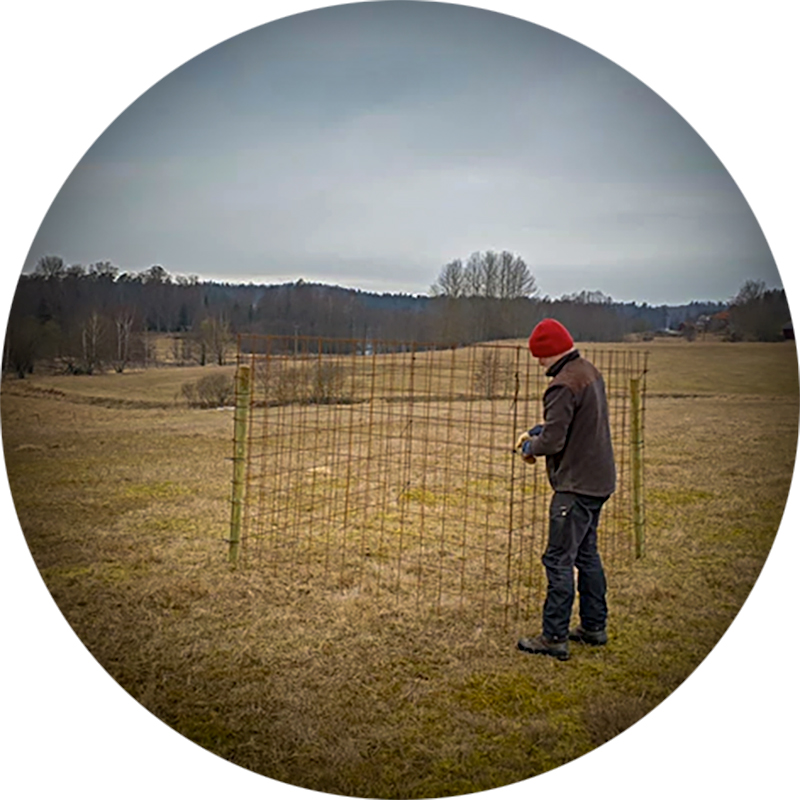Damage caused by wildlife
Ungulate game can cause major forest damage, while fear of game damage affects how the forest is managed. The wildlife adaptations can in turn increase the risk of other forest damage. It is therefore important to take a comprehensive approach to forest damage and how it can be prevented.

We need active management
Wildlife damage to forests is determined both by how much forage there is as well as by how much game there is. To reduce damage effectively, active management of both the feed and the wildlife community is needed; it is not enough to focus on how many moose there are. Both forage and wildlife communities are affected by climate change, and it is important to have adaptive management based on local conditions.
Questions?
Do you have questions about forest damage caused by game? Feel free to contact SLU Forest Damage Centre's analyst Fredrik Widemo!

Read more about damage caused by wildlife
- Forage availability and local adaptation are keys to successful game management
- SLU news from May 2023 - SLU Grimsö Wildlife Research Station
- Our aim is to contribute to limiting damage and conflicts caused by protected game species, primarily large predatory animals and grazing birds.
Questions?
Do you have questions about forest damage caused by wildlife? Please contact the SLU Forest Damage Centre's analyst Fredrik Widemo!


